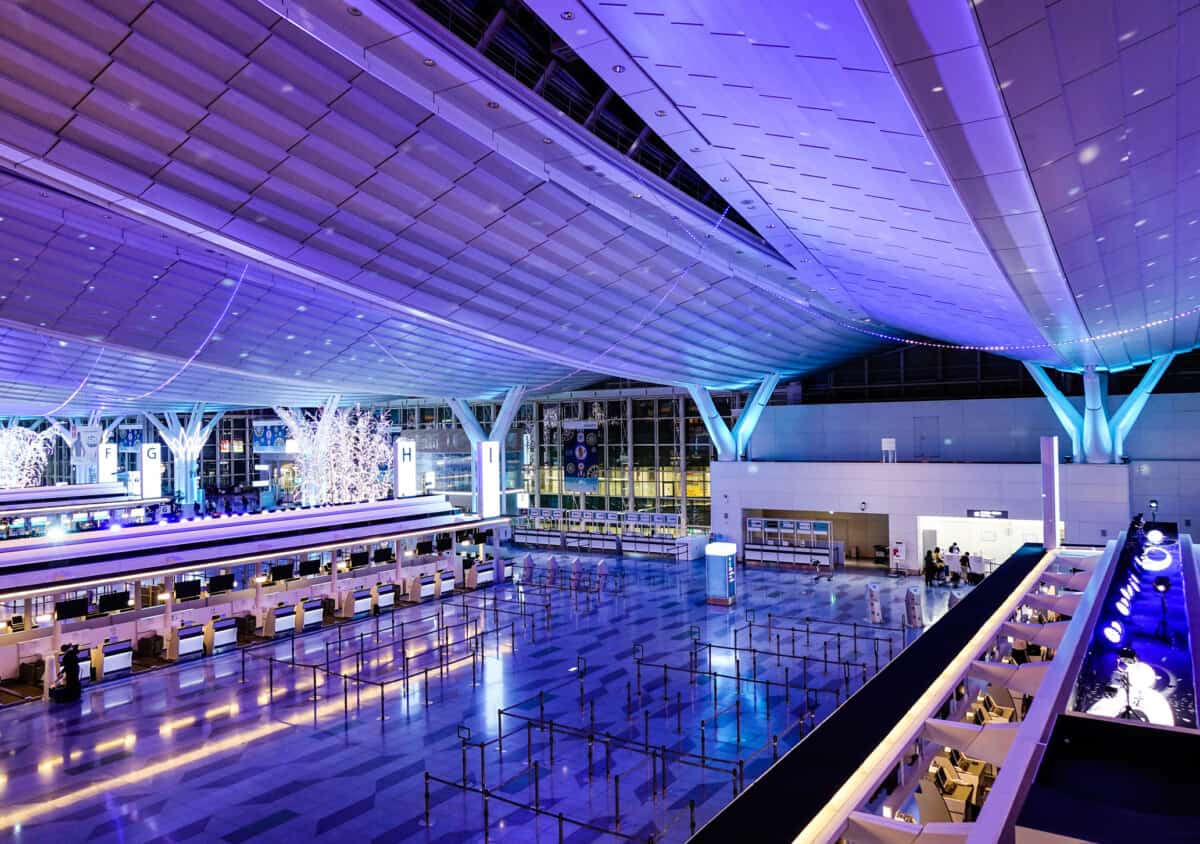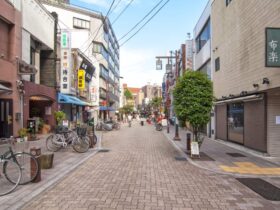Tokyo’s Haneda airport is one of the busiest airports in the world but it caters to more Japanese citizens than foreigners.
History of Haneda airport
Opened in 1931, Haneda is Tokyo’s main airport and is just 30 minutes south of Tokyo itself. Although it is an incredibly busy airport, most of its flights are domestic, not international.
Despite this, the airport handles more than 80 million passengers every year ranking in the top 5 busiest airports in the world. It is also commonly called “Tokyo Internation Airport”.
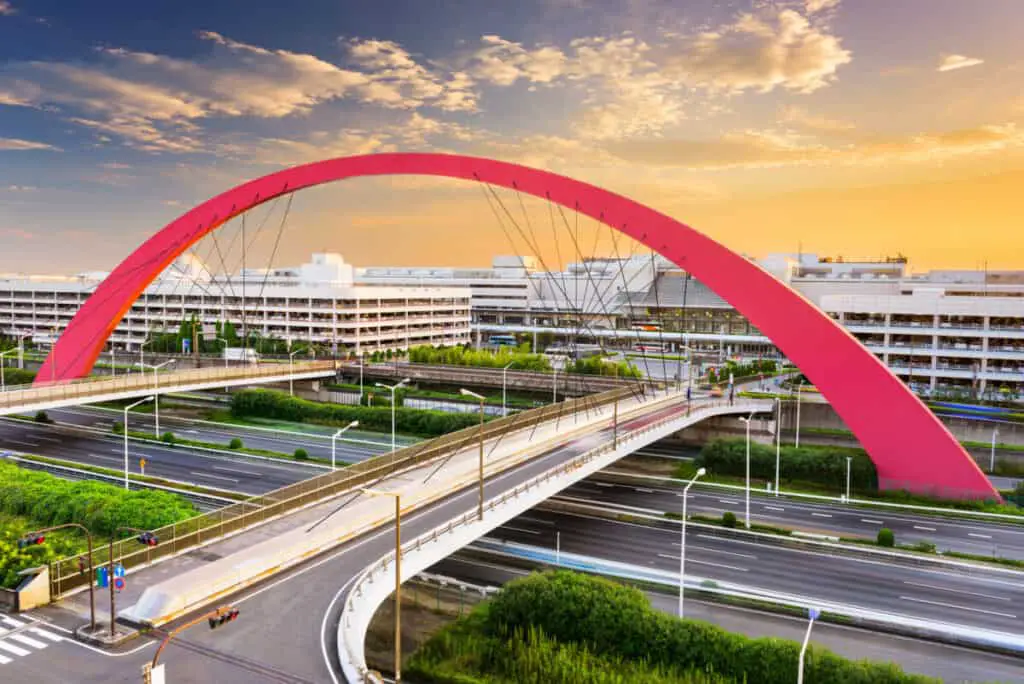
The terminals
In 2010 the airport received an upgrade in the form of a new runway and a new terminal, allowing it to take on more international flights.
Now there are three terminals in total with most international flights operating within the third terminal. Terminal 1 is predominantly JAL and terminal 2 is mostly ANA.
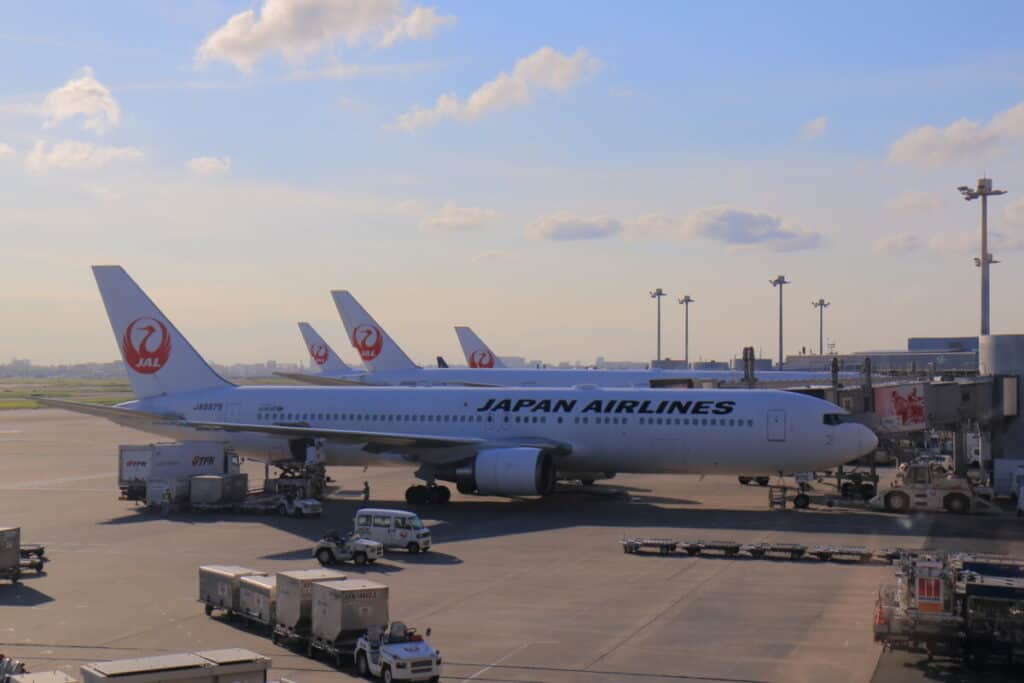
If you are looking to do an afternoon or evening of shopping or grab a bite to eat then head to terminal 3 where the vast majority of these facilities are located.
There are free shuttle buses between each of the terminals that run frequently throughout the day, so it is convenient and easy to hop from one to another.
Travel to the airport
Because Haneda airport is just 30 minutes from Tokyo city center it means that traveling to and from the airport is relatively quick and easy.
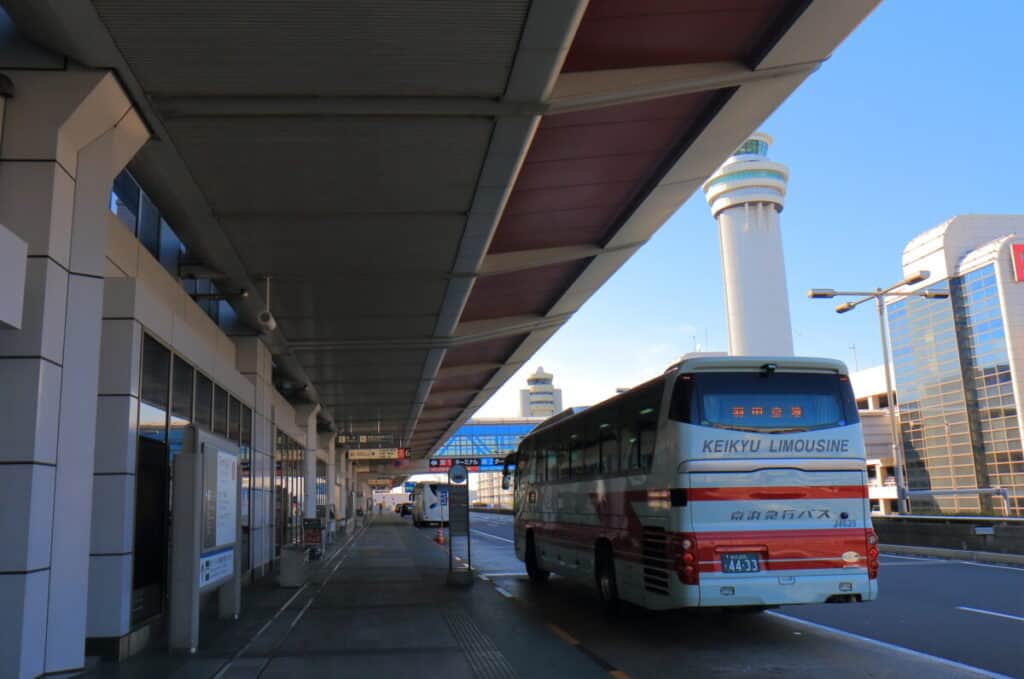
Monorail
If you are traveling to the airport on the monorail then you will need to take one of two lines (either JR Keihin-Tohoku or JR Yamanote) to Hamamatsucho Station from Tokyo station. Once you are at Hamamatsucho station you will need to change to the Tokyo monorail and travel until Haneda airport.
The first part of this journey will take you only 5 minutes and cost 160 yen. The second half will take 20 minutes and cost 500 yen.
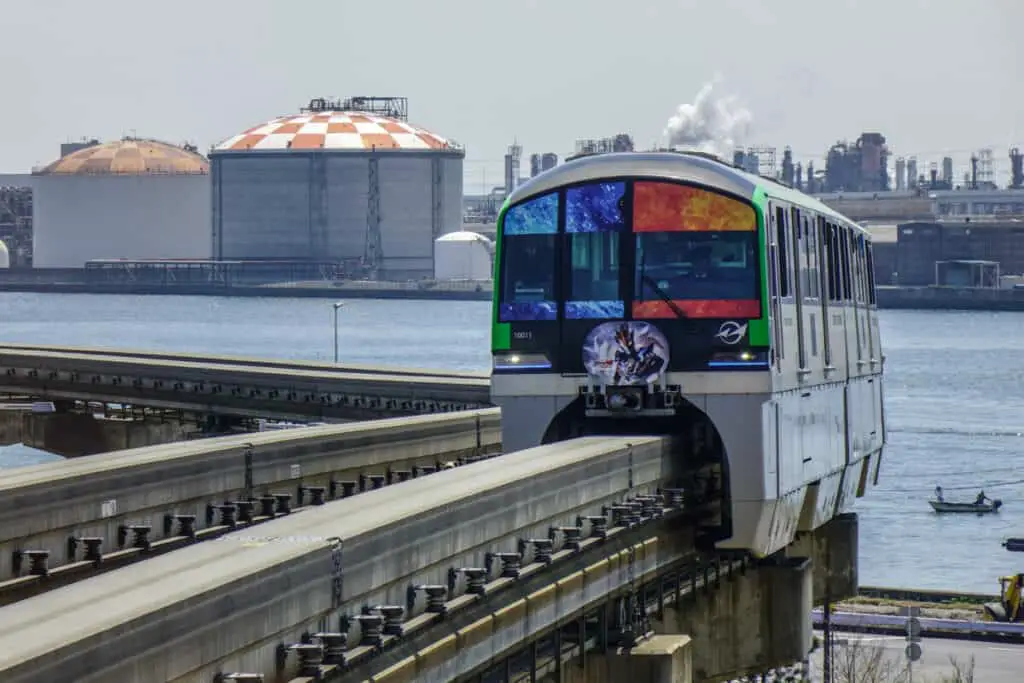
Keikyu Railways
If you are planning on reaching the airport by Keikyu railways then you will need to begin the same as if by monorail. Take either the JR Keihin-Tohoku or JR Yamanote line but get off at Shinagawa Station instead. Then transfer onto the railway line to the airport.
The journey will take a total of 30 minutes and cost 470 yen.
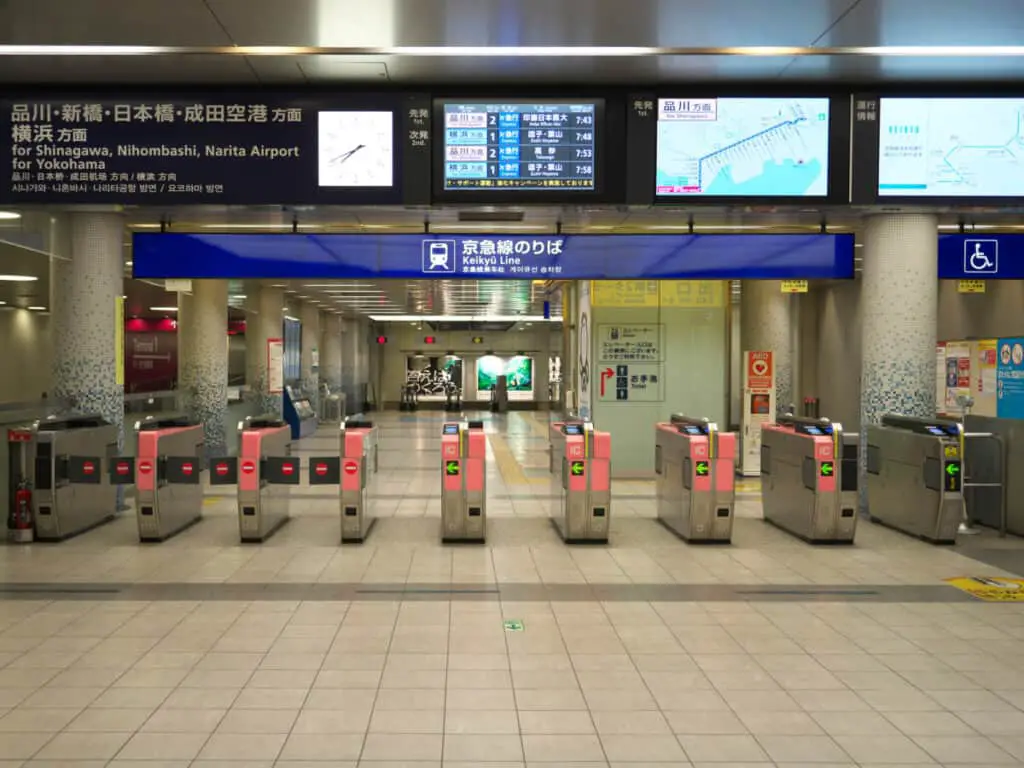
Limousine bus
There are many limousine buses from Tokyo station that head to the airport every day. They typically run every 30-60 minutes and will take you 45-50 minutes. Although this makes them a slightly slower option than the monorail or Keikyu railway the exact time will depend on the traffic.
However, this option is also more expensive and will cost you 950 yen to get to terminal 3. There are different price options for the other two terminals.
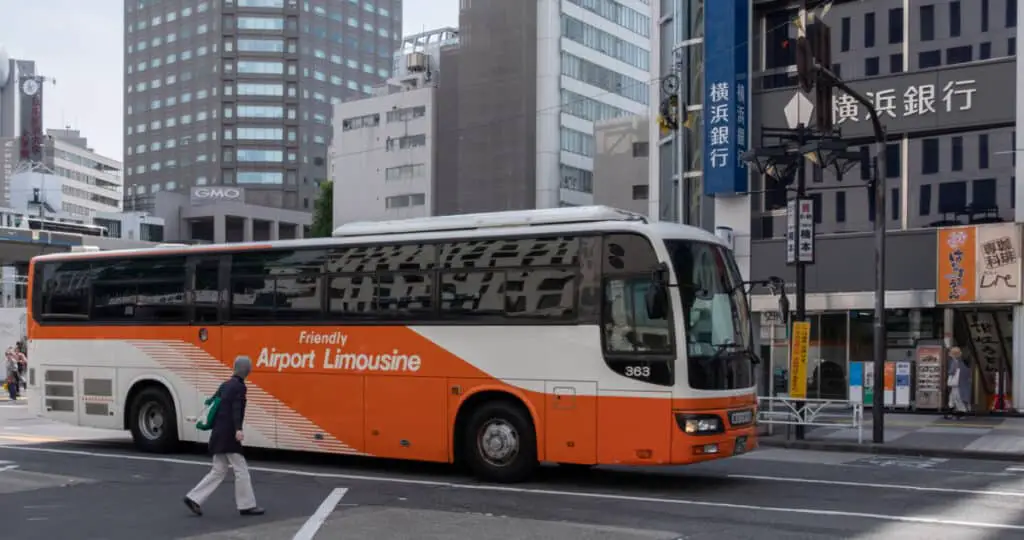
Taxi
If you want a more exclusive way to travel to Haneda airport from Tokyo city center then opting for a taxi is a good choice. However, you will need to pay a lot more for this privilege. Typically, a taxi ride from the city to the airport will cost anywhere between 5000-11,000 yen and on top of this remember that late-night rides run a +20% surcharge fee.
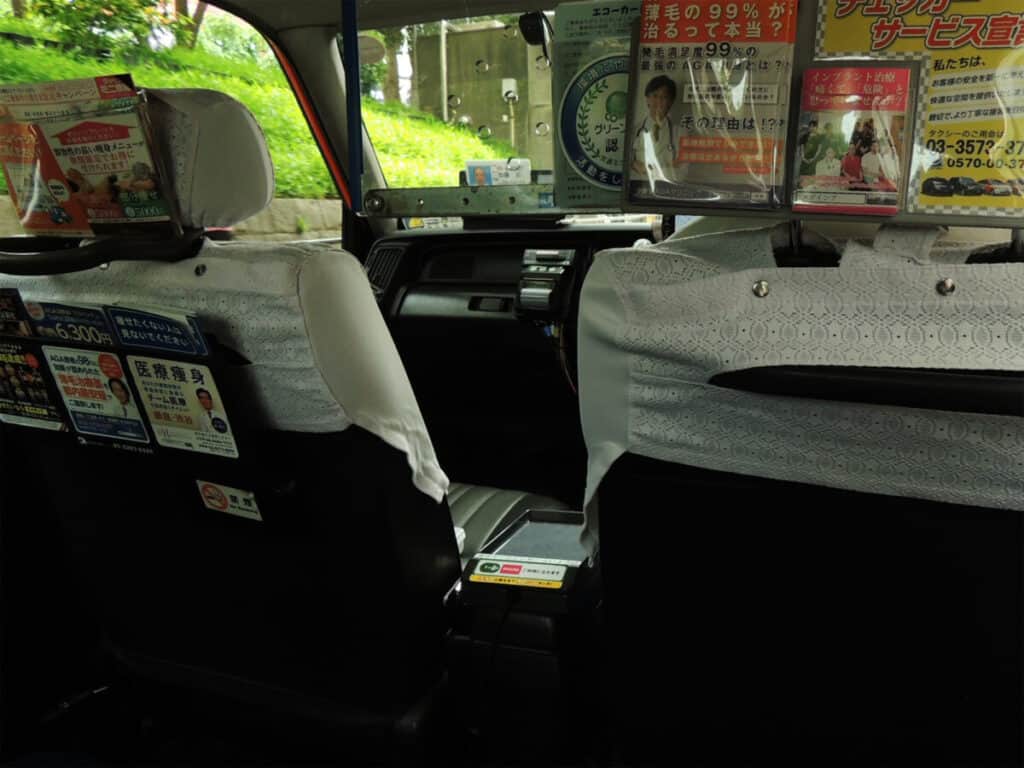
Hotels near Haneda airport
Unfortunately, many public transport methods do not run 24 hours a day and so if you have a flight at a particular time, for example very early in the morning then your best option may be to spend the night before in a hotel near the airport.
Hotels Near Haneda Airport via Tripadvisor
You can always opt for a taxi in the early hours, but this will be very expensive and it may be worth saving yourself the hassle by staying close to the airport. So, here is a shortlist of the hotels that can be found around the area.
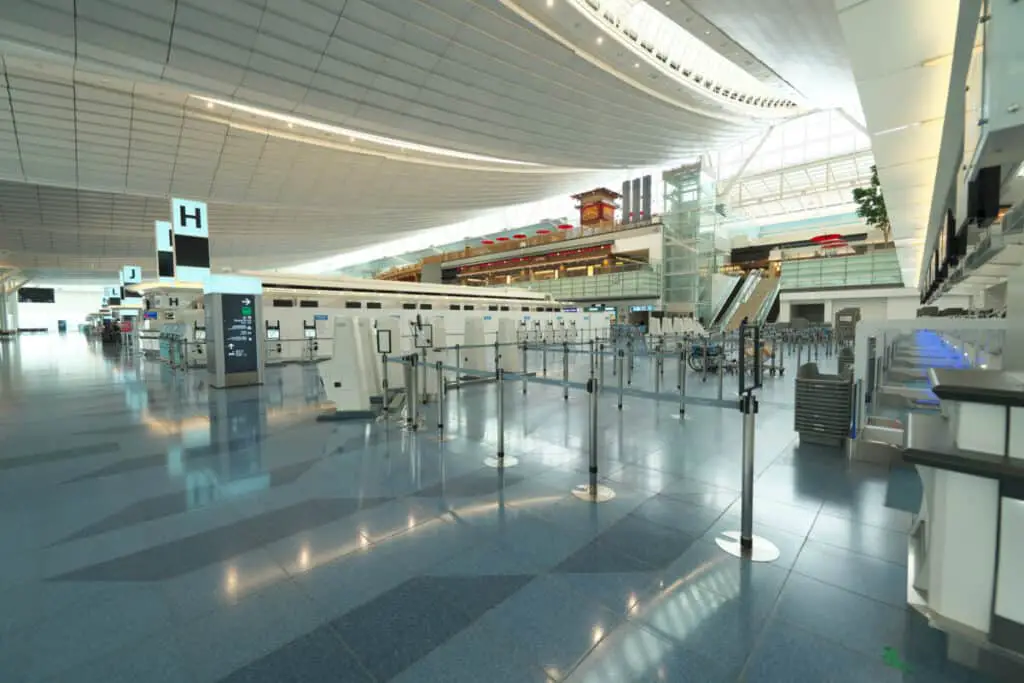
Hotels inside the terminals
- Terminal 1 – First Cabin (this is a capsule hotel)
- Terminal 2 – Haneda Excel (this is a standard hotel)
- Terminal 3 – Royal Park (this is a standard hotel)
Hotels connected to terminal 3
- Villa Fontaine Grand
- Villa Fontaine Premier
Hotels connected to the airport by shuttle bus
- Hotel JAL City
- Keikyu EX Inn
- Haneda Inn
- Toyoko Inn (Haneda Kuko number 1)
- Tokoyo Inn (Haneda Kuko number 2)
- Hotel MyStays
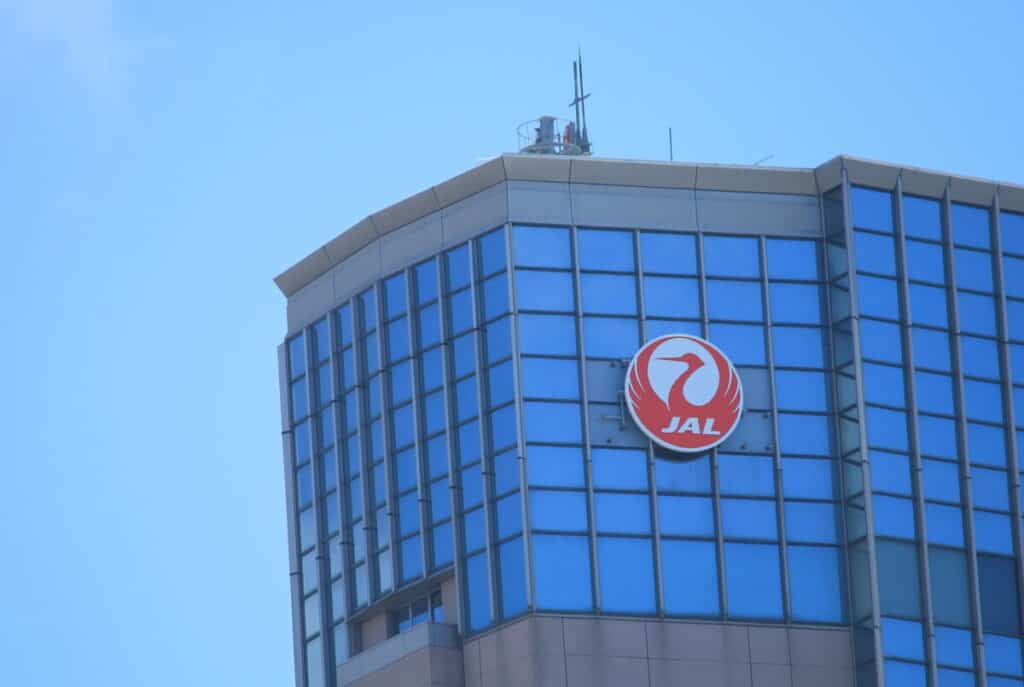
Travelling in the early morning
If you are traveling slightly later in the early morning, e.g not at 2 am, then you may still be able to access the airport via public transport and will not need to stay in a hotel overnight.
For example, buses begin running from 4:30 am and the earliest arrival at the airport on the monorail is 5:15 am.
Keikyu railways arrive slightly later to the airport with the first arrival at 5:30 am.
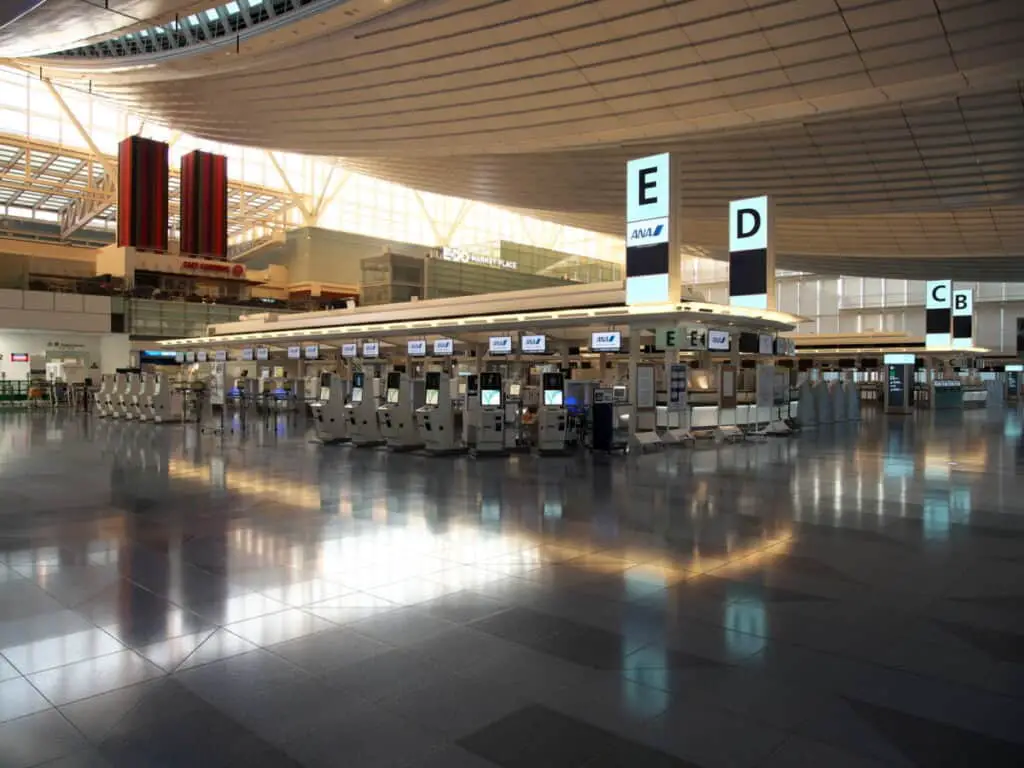
Conclusion
Haneda Airport Official Website
Tokyo International Airport, also known as Haneda Airport, is a well-connected airport that is used for both domestic and some international flights. For this reason, it is one of the busiest airports and is extremely well-run as a result.
There are three terminals so which airline you are flying with and your destination will determine which terminal you are flying from or landing into.
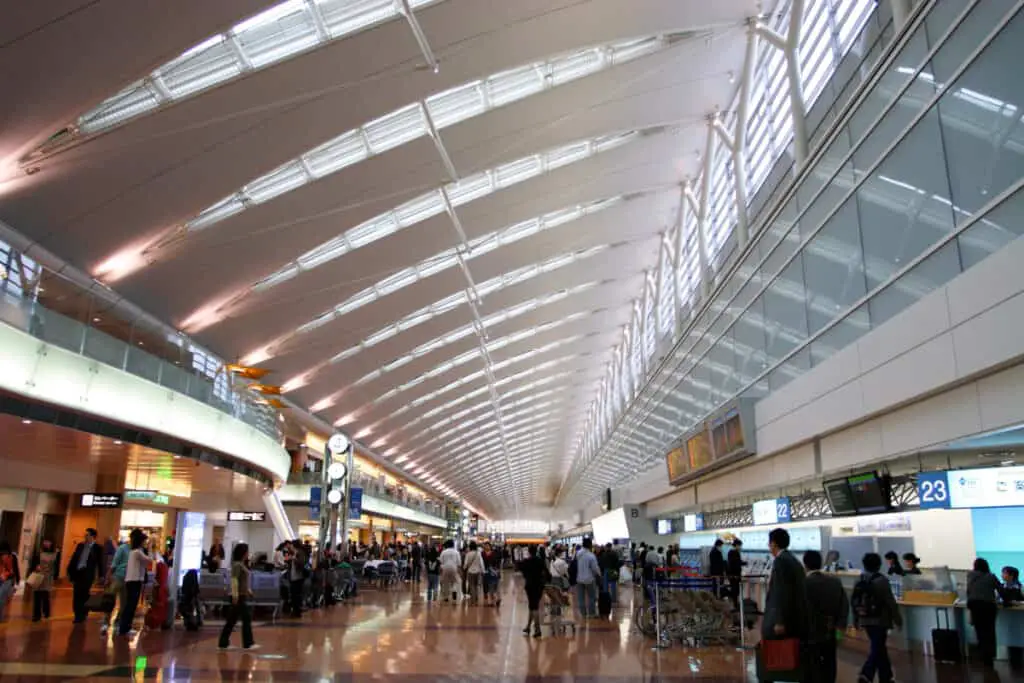
Terminal 3 handles most of the international flights and is also where you can find most of the amenities and facilities as this was the most recent addition to the airport.
However, even if you are flying into one of the other terminals you can use the free shuttle to explore the other terminals’ shops, restaurants, and amenities.
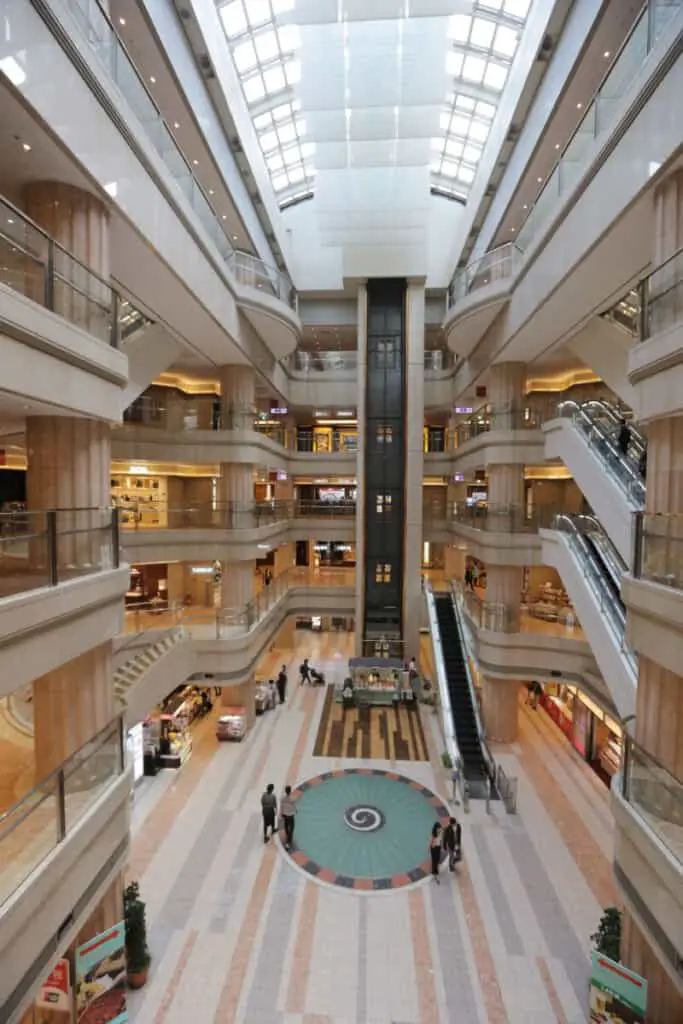
Available Retail Shops At Haneda Airport
There are many ways to travel to and from the airport, including taxis and railway. However, if traveling very early in the morning it is best to stay overnight before your flight.
Virtual Tour Of Haneda Airpot (4K)

